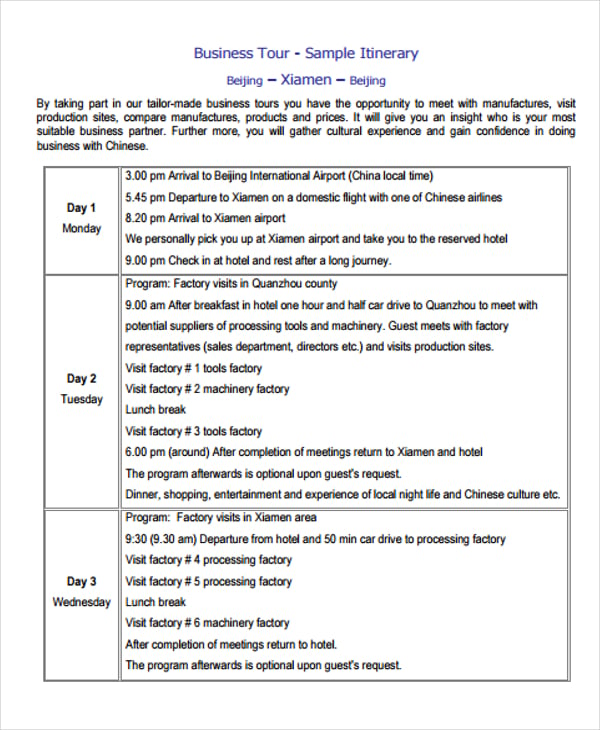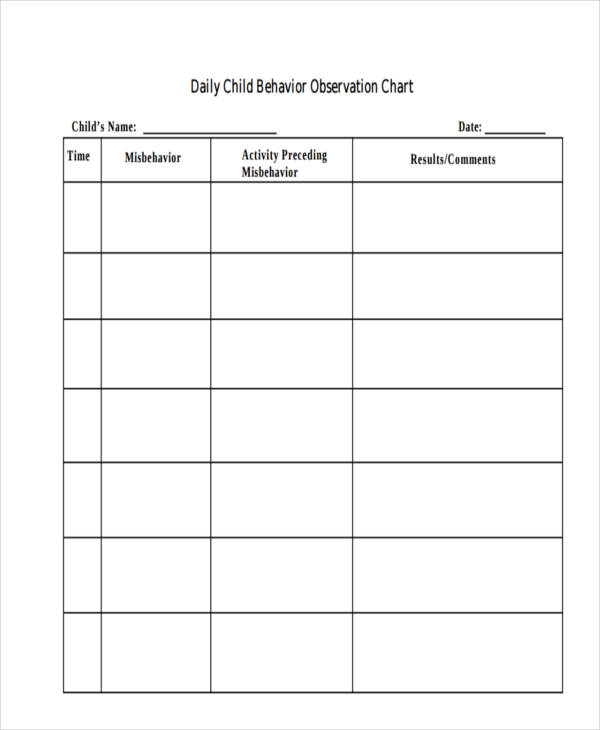
Take on the mentality of a hero being summoned to go on a quest. You have to prove that the future you’re envisioning for your company is viable. As a startup founder, you still don’t even know if your business idea is going to work. You don’t know the market yet, so you’d fail if you tried to move forward without learning about it first.Īnother reason you can’t act like a big business yet is that you don’t know the type of market that you’re going to be in. They can use a product development process where the product comes first, then the customers.īut you must reverse this process with customer development by first building a customer base then building a product that will help them. For one, a larger business can offer a product to the mainstream market but you can’t.īusinesses that have been around a while already have a customer base and an understanding of their competitors.

If you want to save this summary for later, download the free PDF and read it whenever you want.ĭownload PDF Lesson 1: Don’t treat your startup like a big company, focus on finding your customers and find out if your vision is feasible.Īs a startup, you can’t use the same methods as giant companies and expect success for many reasons. Early adopters are more important to consider when designing your product than the mainstream market.Īre you looking forward to starting your company off on the right foot? Let’s dig right in and discover how!.Find your market type first, then base your strategy around it.Don’t fall into the trap of treating your startup like you would a big business.This guide will show you how to use the power of these four steps to build a successful business:Īfter this you’re going to be ready to do everything necessary to avoid the mistakes that make most startups fail!ģ of the best business lessons I’ve learned from this book are:

That’s just what Steve Blanks’ The Four Steps To The Epiphany is going to be for you. You need a compass to show you the way if you want success.

It’s hard to know which way to go and what priorities to set. They’ve got dozens of “crucial” activities and targets, none of which are finished. And it was just a simple service company, too!

I worked for one once and it was stressful to see the owners trying to get everything done. Listen to the audio of this summary with a free reading.fm account*:


 0 kommentar(er)
0 kommentar(er)
